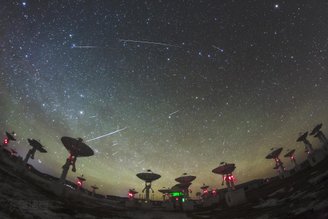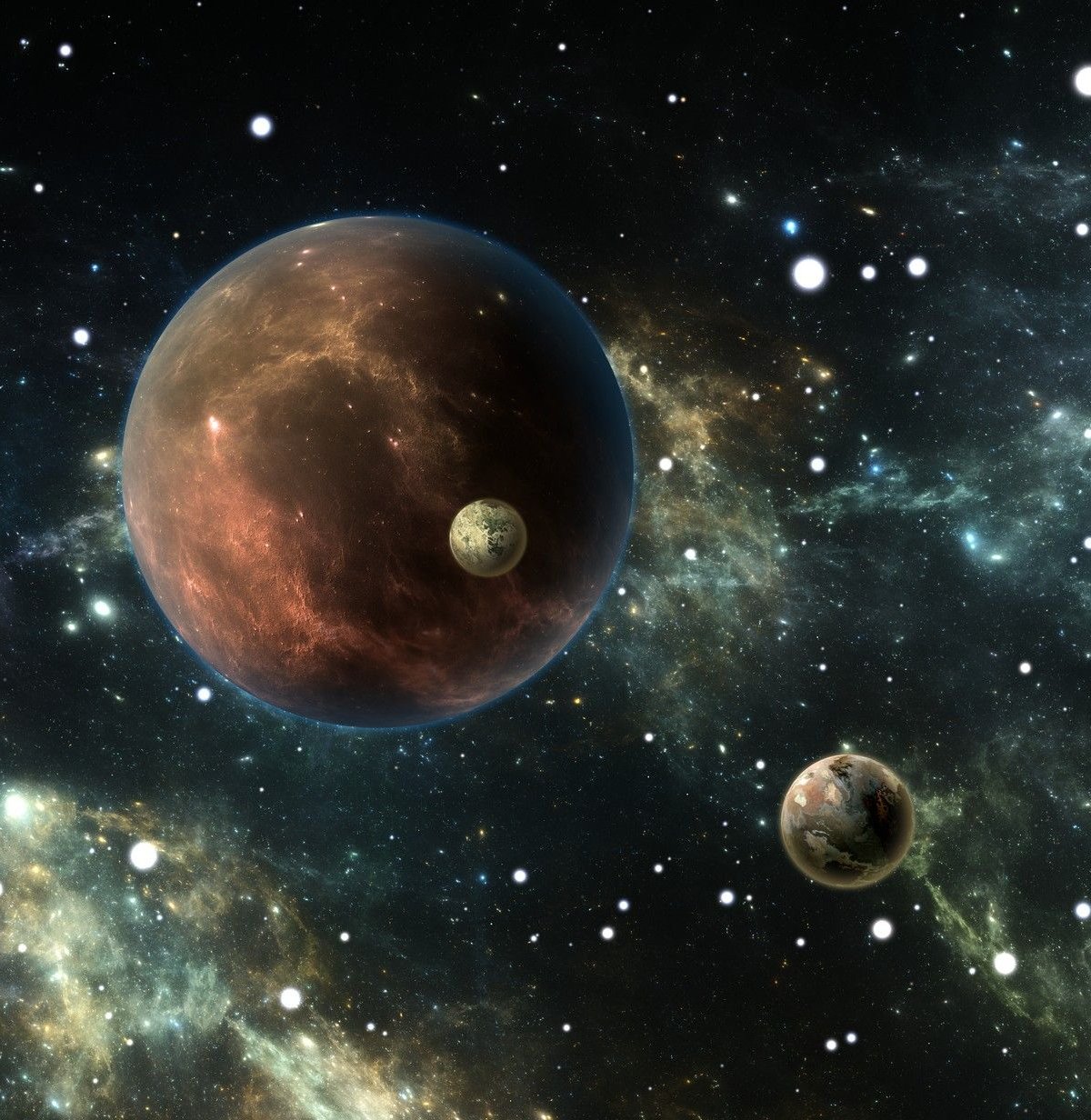Want to keep up with the latest news in space? TecMundo and his team every week #AstroMiniBRChoose the most relevant astronomical curiosities that will take you on an incredible journey through our vast universe. Check this out!
1. 6 wandering planets discovered by James Webb
In the second half of 2024, the James Webb Space Telescope detected: six new “wandering planets” – celestial bodies that do not orbit any star and roam freely in space. These objects attract the attention of scientists because their origin and properties are still little known.
Observations of these wandering planets were made possible by the sensitivity and precision of James Webb, who detected the faint thermal emission from these cold, isolated objects in the star cluster NGC 1333, about a thousand light-years from Earth.
Subsequent studies will attempt to determine the masses, atmospheric compositions and possible origins of these planets. a hypothesis They were thrown out of their original star systems due to intense gravitational interactions..
The discovery of these lonely worlds adds new evidence to traditional theories of planet formation and suggests that the galaxy may host a significant number of planets that are not bound to stars.
Understanding the nature of these objects is fundamental to understanding the dynamics of planetary systems and how they may be affected by the dynamics of local regions of the host galaxy.
2. The farthest object we can see with the naked eye
The Andromeda Galaxy, also known as M31, is one of the most fascinating galaxies in the night sky. It is the closest spiral galaxy to the Milky Way, located approximately 2.5 million light-years from Earth, and can be observed with the naked eye in dark skies and away from light pollution.
Andromeda consists of approximately one trillion stars and has an estimated diameter of 220,000 light-years, making it significantly larger than the Milky Way. Its relative closeness and inherent brightness make it possible to see it without equipment, appearing as a diffuse patch in the sky. usually visible towards the constellation Andromeda.
The reason Andromeda is the furthest light we can see with the naked eye has to do with the combination of its brightness and proximity. It is extremely bright due to its high content of stars and gas, and its relatively cosmically close location allows its light to reach us without being completely dispersed by interstellar space.
Moreover, the light we see from Andromeda came from there 2.5 million years ago, which means observing it is like looking into the past. Witness what this galaxy was like when the first human ancestors began to emerge on Earth.
3. Quadrantids light up the sky!
The Quadrantid meteor shower has been occurring in the sky since the end of December. Although its peak occurs between the night of the 3rd and the early morning of the 4th of January, This shower continues to provide observers with a significant amount of meteors per hour.

Quadrantids, which originate from particles left behind by asteroid 2003 EH1, are known for bright, fast-moving meteors. Although meteors are best seen in the Northern Hemisphere, they can also be seen in southern skies for more patient observers.
Despite the adverse weather conditions in some regions, many astronomy enthusiasts managed to enjoy and record this sky view. Quadrantids are an annual opportunity for educators and amateur astronomers to encourage interest in science and cosmos studies..
In addition to their beauty, such events also provide valuable data on the composition and orbit of space debris, contributing to the understanding of the gravitational dynamics of our solar system.
Have you enjoyed exploring the mysteries of the universe a little more? Then don’t miss the next #AstroMiniBr! We welcome you to TecMundo every Monday.
Source: Tec Mundo
I’m Blaine Morgan, an experienced journalist and writer with over 8 years of experience in the tech industry. My expertise lies in writing about technology news and trends, covering everything from cutting-edge gadgets to emerging software developments. I’ve written for several leading publications including Gadget Onus where I am an author.













